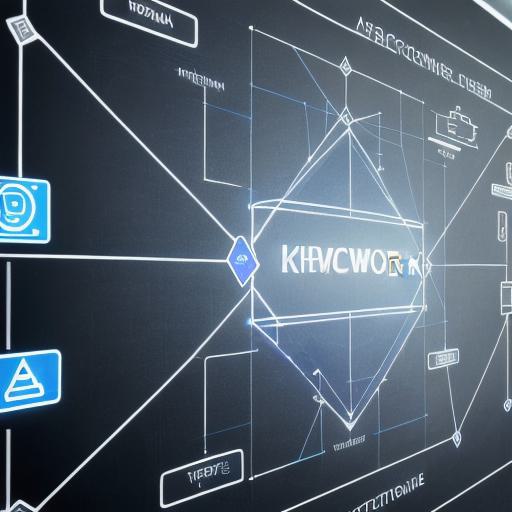Web3 is a decentralized network that uses blockchain technology to facilitate peer-to-peer transactions without the need for intermediaries. This technology has the potential to revolutionize various industries, including finance, supply chain management, and identity verification. However, Web3 development is still in its early stages, and there are many challenges to overcome before it can become mainstream.
One of the main benefits of Web3 is that it enables individuals to have complete control over their data and assets. This means that they can share their information with others without fear of losing ownership or control over it. Additionally, Web3 allows for more secure and efficient transactions, as there is no need for intermediaries like banks or governments to process payments.
Another advantage of Web3 is its ability to democratize data ownership. By creating a decentralized network, individuals can have equal access to data and resources, regardless of their location or social status. This has the potential to level the playing field in industries such as finance and healthcare, where data is often held by a few powerful entities.
However, Web3 development is not without its challenges. One of the biggest obstacles is scalability. The current blockchain technology used in Web3 can only process a limited number of transactions per second, which makes it difficult to handle large-scale applications. Additionally, there is a lack of standardization and interoperability between different Web3 platforms, which can make it difficult for developers to create seamless experiences for users.
Despite these challenges, many experts believe that Web3 has the potential to transform various industries. For example, in the finance industry, Web3 could enable decentralized lending and borrowing without the need for intermediaries like banks. This could reduce costs for consumers and increase access to credit for those who are currently underserved by traditional financial institutions.

In the supply chain management industry, Web3 could enable more efficient and transparent tracking of goods as they move through the supply chain. This could help prevent fraud and improve overall efficiency, leading to cost savings for businesses and increased customer satisfaction.
As Web3 development continues to evolve, it is important for developers to stay up-to-date with the latest trends and technologies. This includes understanding blockchain programming languages like Solidity and Ethereum, as well as learning about decentralized application (dApp) development.
In conclusion, Web3 has the potential to transform various industries by enabling individuals to have complete control over their data and assets, democratizing data ownership, and facilitating more secure and efficient transactions. While there are challenges to overcome, such as scalability and standardization, experts believe that Web3 will become a game-changer in the coming years. As developers continue to explore this exciting technology, they must remain committed to staying up-to-date with the latest developments and working together to build a more decentralized and efficient future.
FAQs:

Q: What is Web3?
A: Web3 is a decentralized network that uses blockchain technology to facilitate peer-to-peer transactions without the need for intermediaries.
Q: What are the benefits of Web3?
A: The benefits of Web3 include enabling individuals to have complete control over their data and assets, democratizing data ownership, and facilitating more secure and efficient transactions.
Q: What are some challenges of Web3 development?
A: Some challenges of Web3 development include scalability, lack of standardization, and interoperability between different platforms.
